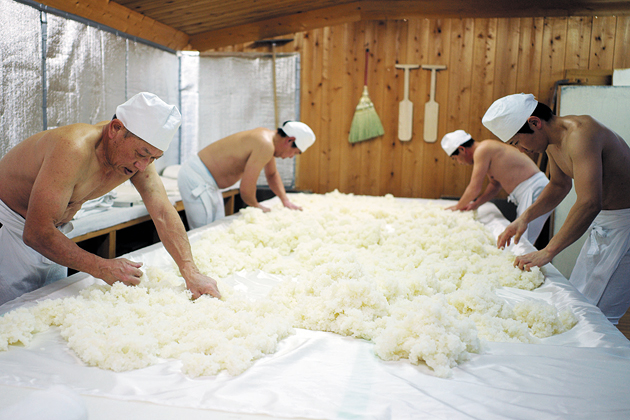Sommelier Talk: Episode 3 – Why Sake?
In Japan, the practice of using wild grapes to ferment into grape wine existed even before the creation of sake some 2000 years ago. What’s historically more significant is that, as soon as sake becomes available, people switch to rice based liquor, thus wiping out grape wine production.
How was grape liquor replaced by rice liquor in Japan? It’s not due to the Japanese affinity for rice – the nation’s agricultural crop, nor the government’s desire to tax it. Rather, the reason is more organic. . . the very characteristics of sake, from ingredients to brewing processes, all perfectly suit Japan’s climate, geographical resources, and food culture.
Japan’s nutrient-rich soil and high humidity are best suited for rice cultivation, but not for growing grapes. The rooting system of the grape plant is shallow and cannot reach deep into the rich soil to collect nutrients. The lack of nutrients available causes the plant to first produce leaves, not the plant itself. This adversely affects the production of fruit. Another side effect is that the overgrowth of leaves deters photosynthesis, offsetting the ideal balance of sugar and acid concentration packed within each grape.
Until modern advancement of equipment and wine brewing techniques in the 1960s, balanced wines with sugar, acidity, minerals, and tartness to complement Japanese cuisine eluded the Japanese marketplace. However, along with the adaptation and popularity of Western lifestyle, including foods, fine wines once again began to appear due to consumer demand. By the 1970s, Japanese wineries further refined their brewing techniques, and now produce products recognized by world-class wine critics. Most notably, Koshu grapes indigenous to Koshu City in Yamanashi Prefecture, are now receiving recognition as a fine wine grape variety worldwide, and are now exported to EU nations to compete with European wine grapes.





Comments